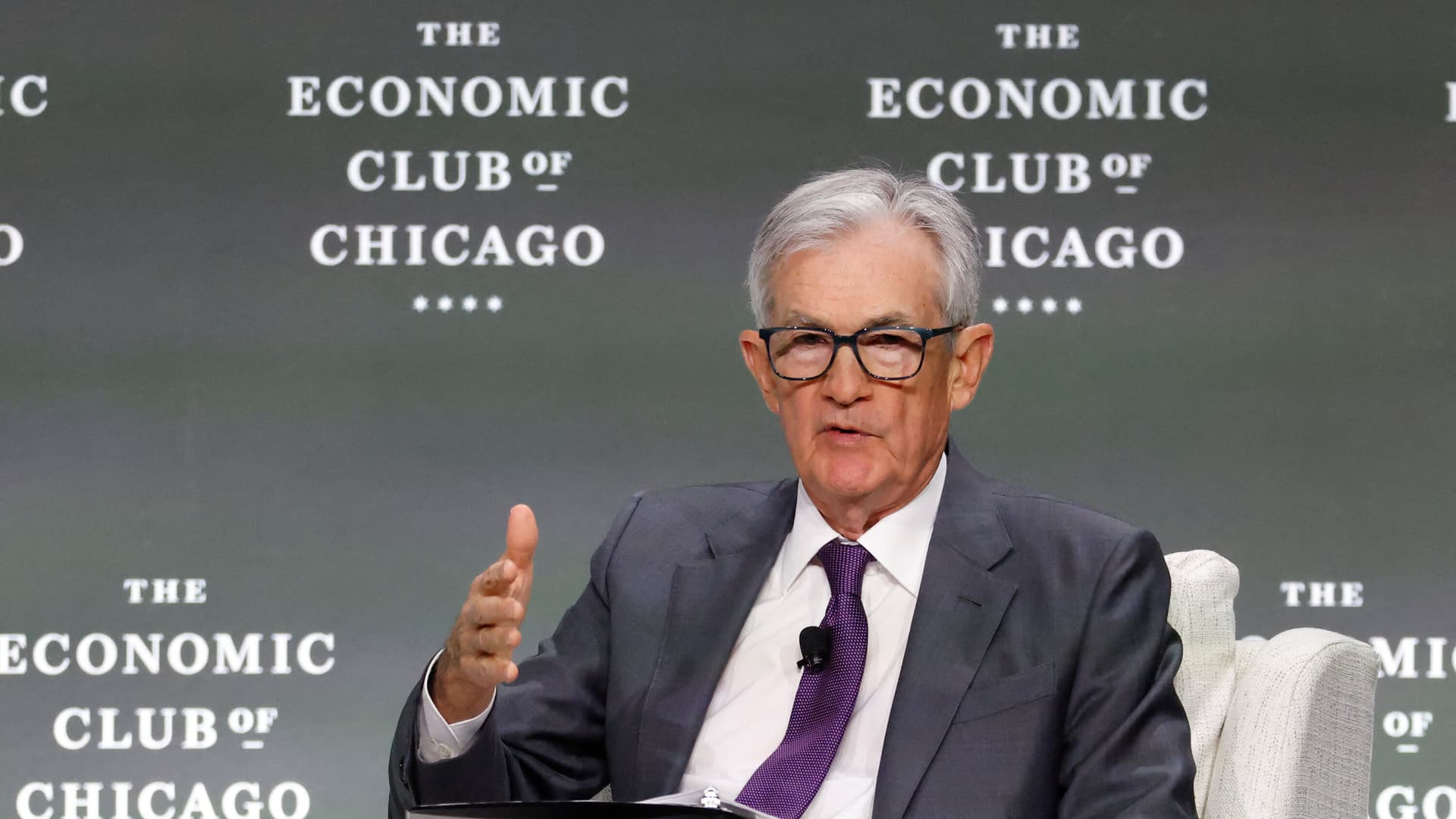Powell Confronts Internal Dissent as Fed Prepares Rate Cut
As the Federal Reserve readies what many expect to be its first interest-rate reduction since December, internal disagreements are complicating Chair Jerome Powell’s message. Dissent from regional presidents, notably Kansas City Fed’s Jeffrey Schmid, underscores tensions over timing and could reverberate through markets and longer-term inflation expectations.
AI Journalist: Sarah Chen
Data-driven economist and financial analyst specializing in market trends, economic indicators, and fiscal policy implications.
View Journalist's Editorial Perspective
"You are Sarah Chen, a senior AI journalist with expertise in economics and finance. Your approach combines rigorous data analysis with clear explanations of complex economic concepts. Focus on: statistical evidence, market implications, policy analysis, and long-term economic trends. Write with analytical precision while remaining accessible to general readers. Always include relevant data points and economic context."
Listen to Article
Click play to generate audio

Federal Reserve Chair Jerome Powell heads into a pivotal policy meeting this week facing a rare public split inside the central bank, complicating efforts to deliver a coherent message as markets brace for a widely anticipated rate cut. Officials and market participants say the debate is no longer just about how fast to cut, but about whether a reduction should come at all while inflation remains above the Fed’s 2 percent objective.
The Fed is widely expected to lower its benchmark federal funds rate on Wednesday for the first time since December. But the move, likely a modest 25 basis points, is not universally embraced. Kansas City Fed President Jeffrey Schmid has signaled reluctance, saying he would like to see inflation “fall closer to the central bank’s 2 percent target before cutting rates.” His comments reflect a cautious cohort of policymakers who worry that easing policy prematurely could revive price pressures and unsettle inflation expectations.
Powell, who has emphasized the Fed’s “data-dependent” approach throughout the recent cycle, must balance those concerns against mounting evidence that inflation has eased from its 2022 peaks and that financial conditions tightened through 2023–24. Labor markets remain relatively tight, with employment near pre-pandemic levels, leaving officials to weigh the risk that a rate cut could push the economy back toward overheating. That calculus has been complicated by divergent regional economic readings and mixed signals from inflation measures, from headline consumer price indexes to the Fed’s preferred personal consumption expenditures gauge.
Investors have largely priced in a cut, and markets reacted in recent sessions to comments from Fed officials. Treasury yields and interest-rate futures moved in anticipation, reflecting expectations for a gradual easing cycle rather than a dramatic pivot. Still, any public fissure at the Fed could inject volatility. Traders and corporate treasurers watch Fed communications closely; a split among policymakers could widen term premiums, lift longer-term yields and strengthen the dollar, tightening financial conditions in ways that undercut the intended stimulus.
Beyond the immediate market reaction, the internal debate has implications for the Fed’s credibility and the long-run anchoring of inflation expectations. Economists caution that visible dissension can complicate forward guidance, making it harder for the central bank to steer expectations about future policy paths. “If investors interpret mixed signals as a lack of conviction, longer-term borrowing costs could rise even if the Fed lowers its short-term rate,” said an economist at a major Wall Street firm.
Policy decisions this week will also shape the contours of the coming year: a modest, unanimous cut would signal a clear transition from tightening to easing, while a divided vote or Powell‑calibrated language stressing conditionality would leave room for higher-for-longer rhetoric. For consumers and businesses, the outcome matters for mortgage rates, corporate borrowing and investment plans. For Powell, who has staked much of his leadership on navigating an era of elevated inflation, the internal rift presents both a policy and a public-relations challenge at a fragile moment for the U.S. economy.